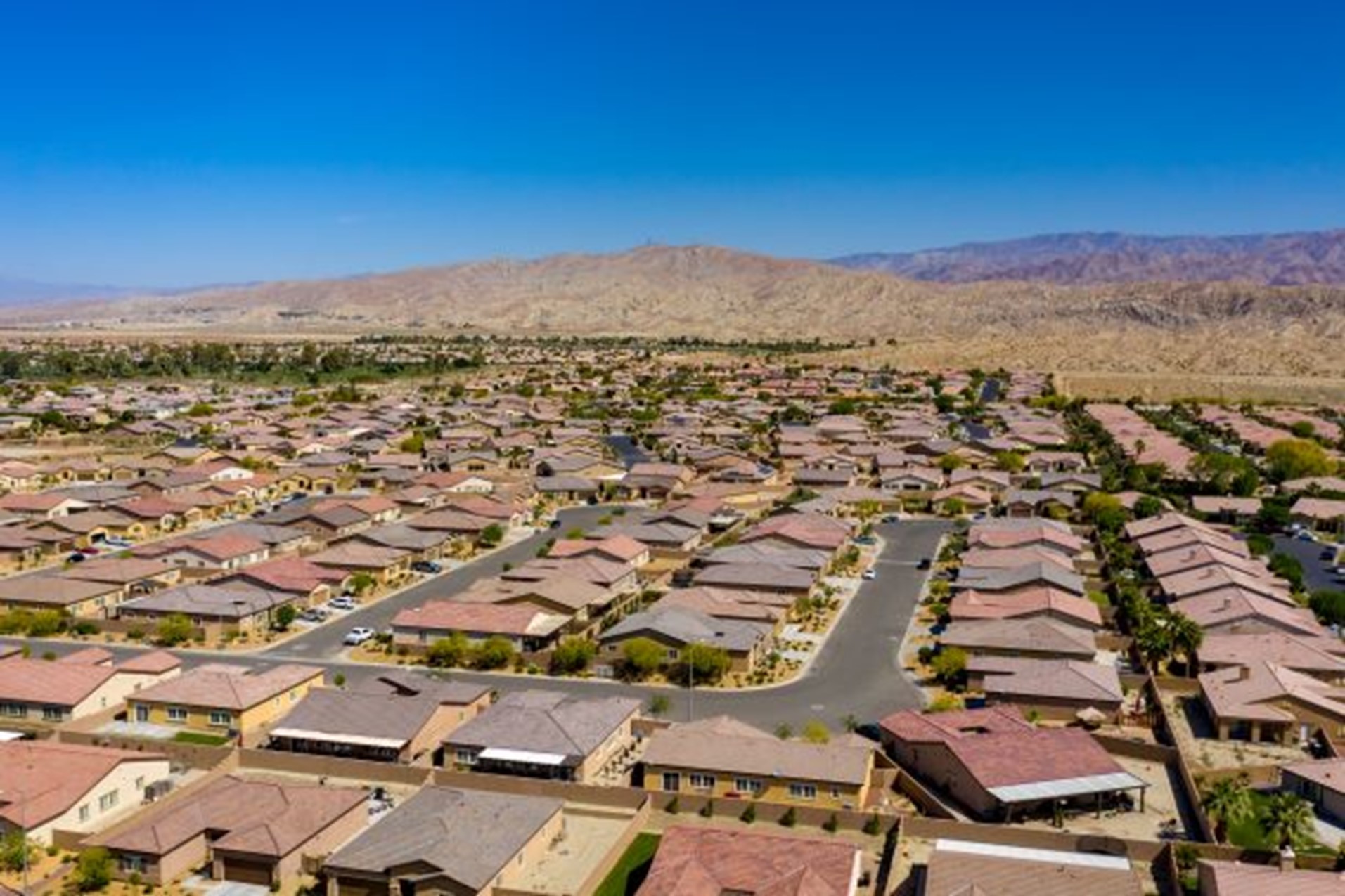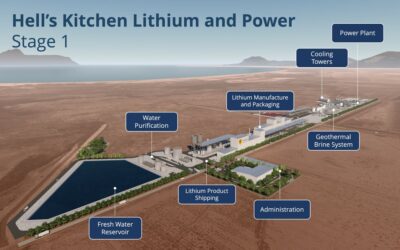The Regional Housing Needs Assessment (RHNA) is mandated by California Housing Law as part of the periodic process of updating local housing elements of the Southern California Association of Governments (SCAG) General Plan. Every eight years, all cities are required under state law to update their General Plan Housing Element as a pathway to reach their share of RHNA as identified by the state with input from SCAG which has prepared their plan for the period from October 2021 through October 2029.
According to SCAG, communities use RHNA in land use planning, prioritizing local resource allocation, and in deciding how to address identified existing and future housing needs resulting from population, employment and household growth. They point out that RHNA does not necessarily encourage or promote growth, but rather allows communities to anticipate growth, so that collectively the region and sub-region can grow in ways that enhance quality of life, improve access to jobs, promote transportation mobility, and address social equity, fair share housing needs.
The estimates for housing units needed are broken out into categories, including: Very Low Income, Low Income, Moderate Income and Above Moderate Income. In all, there are 31,051 total units SCAG has targeted for Greater Palm Springs is equivalent to an average of 3,888 units of new housing per year for each of the eight years. For comparison, in 2019 there were 1,468 housing starts with zero multi-family units for the region. In 2020, there were 1,419 housing starts, including 214 multi-family units.
We have talked to numerous public officials and homebuilders in the region and not one of them considers the RHNA numbers to be close to realistic or even reasonable.
“We are by far the leader in new housing development in the region, and consistently have been for many years, but we haven’t come close in any recent year to permitting the roughly 1,000 new units per year that are being cited for going forward during the next eight years,” said Indio city councilmember, Glen Miller. “And I don’t think there’s a way that any city in the Coachella Valley or Southern California can achieve their RHNA numbers.”
In the case of Indio, in the last eight-year housing cycle, which began in 2013, that is drawing to a close, developers have built 51% of the city’s allocated share of housing, according to the most recent data from SCAG. Much of that amount is affordable only for residents earning higher than the area median income, meaning the city is not building much housing for residents at the lower end of the income spectrum and neither are any other local cities.
A lack of potential building sites is among the many barriers confronting Greater Palm Springs city leaders as they plan for building more housing at all income levels.
Certainly, there is a substantial and urgent need for a large number of additional housing units in Greater Palm Springs that would fall into what is generally referred to as affordable housing. Unfortunately, there are numerous hurdles – to say the least – when it comes to the potential development of more affordable housing in the region.
“Especially considering the cost of building any kind of home these days in our region, whether it’s single family detached, condos or multi-family apartments, before putting a stick in the ground without any kind of government subsidy it’s nearly impossible to make it work financially,” added Miller. “The RHNA numbers might be what the state thinks we need, but the identifying need and being able to do it are two different things.”
Mayor Pro Tem Jan Harnik of Palm Desert, highlighting the futility of realistically trying to achieve the RHNA numbers, said, “The RHNA process is extremely expensive and time consuming. We would all be better off using the millions of dollars of resources that go into it to instead help subsidize the development of more affordable housing which is really what is most needed.”
Nonetheless, all of the nine Greater Palm Springs cities are required to update their respective Housing Elements and submit them to the state by October this year, not including a several-month grace period.
The process for updating the city of Indio’s Housing Element is now underway. One public outreach meeting took place on February 18 and two more are planned – on April 22 and July 8 – for city leaders to receive feedback, answer questions, and provide more detail on the issue to residents.
Penalties for failing to submit an updated Housing Element could theoretically open cities up to lawsuits or other repercussions.
Despite the penalties for failing to submit their plans, however, there remains no enforcement mechanism for municipalities that fail to meet their housing goals, although that could change in the future as the Governor and State Legislature look at the state’s many housing challenges and potential solutions.




